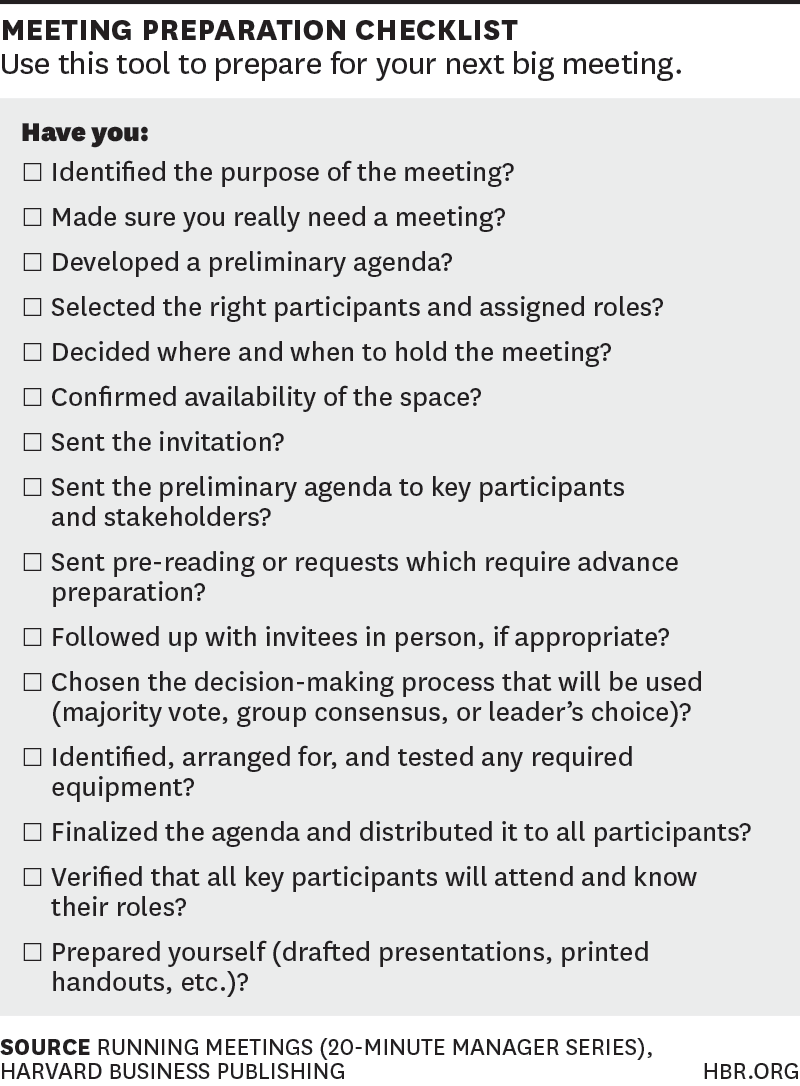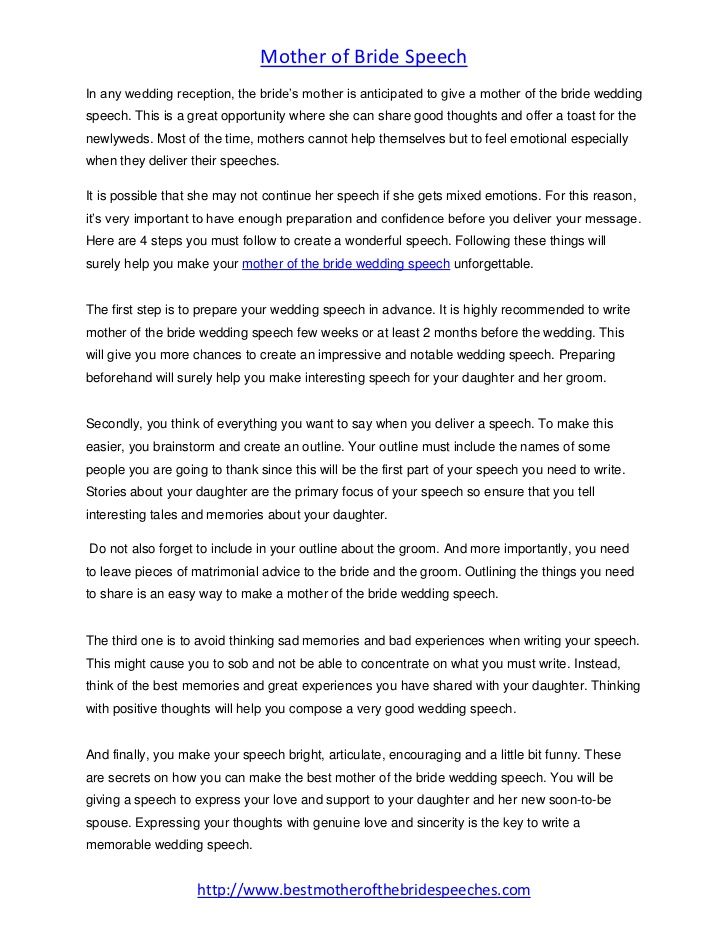How To Prepare For A Business Meeting
To prepare for a business meeting, gather and organize all relevant information beforehand. Research the attendees, set clear objectives, and practice your presentation.
A successful business meeting requires careful preparation to ensure effectiveness and productivity. Before the meeting, it is crucial to gather all the necessary information and documents, such as reports and statistics, to support your points. Additionally, take the time to research the attendees to understand their backgrounds and roles within the organization.
This will help tailor your message to their interests and needs. Setting clear objectives for the meeting is also essential; determine what you hope to achieve and outline the main agenda accordingly. Lastly, practice your presentation and anticipate potential questions to ensure you are well-prepared and confident. By following these steps, you can maximize the impact of your business meeting.

Credit: www.inc.com
Setting Goals
Preparing for a business meeting involves setting goals to ensure effective communication and productivity. This includes conducting thorough research, organizing materials, and outlining objectives. By setting clear goals, you can maximize the potential of the meeting and achieve desired outcomes.
Setting goals is a crucial step in preparing for a business meeting. By identifying clear objectives and establishing action items, you can ensure that the meeting is productive and focused. In this section, we will discuss how to effectively set goals for a business meeting.
Identify Objectives
Before the meeting, take the time to clearly identify the objectives you want to achieve. This will provide a sense of direction and ensure that everyone is on the same page. Begin by asking yourself:
- What specific outcomes do I want to achieve from this meeting?
- What information or decisions do I need to obtain?
- What challenges or problems do I want to address?
By answering these questions, you can narrow down your objectives and focus the discussion during the meeting. Remember to keep your objectives specific, measurable, attainable, relevant, and time-bound (SMART).
Establish Clear Action Items
Once you have identified your objectives, it is important to establish clear action items. These are the specific tasks or steps that need to be taken to achieve your goals. By assigning action items, you can empower team members and ensure accountability. Here are some tips for establishing clear action items:
- Break down your objectives into smaller, manageable tasks.
- Assign each task to a specific team member, clearly communicating the responsibilities.
- Set deadlines for each action item, keeping in mind the overall timeline.
- Ensure that the action items are actionable and feasible within the given resources.
By following these steps, you can facilitate a productive discussion during the meeting, as everyone will be aware of their roles and responsibilities. Furthermore, having clear action items will help track progress and ensure that the agreed-upon tasks are implemented effectively.
Preparation
Preparation:
Preparing for a business meeting is crucial for a successful outcome. You want to be confident, knowledgeable, and organized during the meeting. This section will discuss two key aspects of preparation: researching the topic and gathering necessary materials.
Research The Topic:
Before the meeting, it’s essential to thoroughly research the topic at hand. This will enable you to contribute meaningfully to the discussion and demonstrate your expertise. Here are a few steps to follow while researching:
- Start by understanding the purpose and objective of the meeting. Identify the key questions or issues that will be discussed.
- Use reliable sources such as industry publications, market research reports, or academic studies to deepen your knowledge about the topic.
- Take notes on the important points and gather supporting evidence that will strengthen your arguments during the meeting.
Gather Necessary Materials:
Gathering the necessary materials ensures that you are well-prepared and have everything you need for the meeting. Here’s a checklist to help you:
- Agenda: Obtain a copy of the meeting agenda if available. It will give you an overview of the topics that will be discussed and the expected duration for each.
- Presentation slides or documents: If you are required to present during the meeting, ensure that you have prepared the necessary slides or documents in advance. Make sure they are easily accessible and properly organized on your device or in a physical folder.
- Supporting materials: Identify any supporting materials that might be relevant to the discussion. This could include reports, graphs, charts, or case studies. Gather these materials and have them readily available.
By conducting thorough research and gathering necessary materials, you will lay the groundwork for a successful business meeting. Preparation is key to showcasing your expertise and contributing meaningfully to the discussion. With the right knowledge and materials at hand, you will exude confidence and make a lasting impression on your colleagues or clients.
Creating An Agenda
When preparing for a business meeting, one of the most important steps is creating an agenda. This provides a clear outline of what will be discussed during the meeting, helping to keep everyone on track and ensure that all necessary topics are addressed. In this section, we will explore how to create an effective agenda for your business meeting.
Outline Meeting Topics
When outlining the meeting topics, it’s important to consider the overall goal of the meeting and what needs to be accomplished. Start by brainstorming the main topics that need to be discussed, keeping in mind any specific objectives or action items that need to be addressed.
Consider:
- The purpose of the meeting
- The key issues to be discussed
- The desired outcomes
By clearly outlining the topics to be discussed, you can ensure that the meeting stays focused and productive.
Allocate Time For Each Item
Once you have outlined the meeting topics, it’s crucial to allocate an appropriate amount of time for each item. This helps to maintain a structured agenda and ensure that all important matters are given adequate consideration.
| Topic | Time Allocation |
|---|---|
| Introduction | 5 minutes |
| Financial Updates | 15 minutes |
| New Project Proposal | 30 minutes |
| Team Updates | 10 minutes |
| QA | 10 minutes |
In this example, specific time allocations are assigned to each topic, allowing for efficient time management during the meeting.

Credit: betterproposals.io
Organizing Presentation
Preparing for a business meeting involves effective organization and planning. From setting clear objectives to creating an agenda and gathering necessary materials, being well-prepared sets the stage for a successful presentation.
Prepare visuals
Visual aids are an essential component of a successful business presentation. They help communicate your message to your audience in a clear and visually appealing manner. When it comes to preparing visuals for your business meeting, you should keep a few key points in mind.Firstly, ensure the visuals you create are relevant and aligned with the overall objective of your presentation. Before starting, ask yourself, “What do I want my audience to take away from this presentation?” This will help you determine which visuals to include and how to structure them to support your key points.
Next, consider the format of your visuals. Depending on the nature of your presentation, you might use graphs, charts, infographics, or images. These formats can help convey data, statistics, or complex information in a simple and visually appealing way. Remember to keep your visuals concise, avoiding clutter and unnecessary details that may confuse your audience.
When designing your visuals, choose a clean layout and make sure the font size and color are easily readable from a distance. Use bullet points or short phrases rather than lengthy sentences to convey the main ideas. This will help your audience digest the information quickly and stay engaged.
Lastly, ensure the visuals are visually appealing by using appropriate color schemes, consistent branding, and captivating imagery. A visually appealing presentation can leave a lasting impression on your audience and make your message more memorable.
Practice delivery
Practicing your delivery is crucial to ensure a confident and engaging presentation. It allows you to familiarize yourself with the content, refine your speaking skills, and identify any areas that may need improvement. Here are some tips to help you practice effectively.Firstly, read your presentation script out loud. This will help you identify any awkward phrasing or unclear statements. Make necessary modifications to ensure your speech flows smoothly.
Next, focus on your body language. Stand tall, maintain eye contact with your audience, and use hand gestures to emphasize key points. Practice in front of a mirror or record yourself to see how you come across and make adjustments as needed.
Additionally, pay attention to your pace and tone of voice. Varying your pace can add emphasis and maintain your audience’s attention. Avoid speaking too quickly or too softly, as it may make it difficult for your audience to understand your message.
Finally, consider conducting a mock presentation with a colleague or friend to receive feedback. They can provide valuable insights on your delivery style, content clarity, and overall effectiveness. Use their feedback to refine your presentation further.
Follow-up
Prepare for a successful business meeting with these expert tips. Discover how to follow-up effectively, ensuring that all key points are addressed and goals are met.
Document Meeting Outcomes
One important aspect of a successful business meeting is documenting the outcomes. This ensures that all the ideas, decisions, and action points discussed during the meeting are captured accurately for future reference.
When documenting the meeting outcomes, it’s essential to be clear and concise. Use bullet points or a table to organize the key points discussed. This not only makes it easier to refer back to later but also simplifies the communication process when sharing the meeting outcomes with other team members.
Tips for documenting meeting outcomes:
- Take notes throughout the meeting to capture important details.
- Summarize the main points and decisions made during the meeting.
- Include any action items or tasks that were assigned to specific team members.
Assign Tasks And Deadlines
Once the meeting outcomes are documented, the next step is to assign tasks and set deadlines for each action item. Clearly defining responsibilities and deadlines ensures that everyone is on the same page and knows what is expected of them.
When assigning tasks, consider each team member’s strengths, expertise, and availability. This helps to distribute the workload effectively and ensures that tasks are assigned to the most suitable individuals. Additionally, be specific about the desired outcomes and provide clear instructions to avoid any misunderstandings.
Here are some tips for assigning tasks and deadlines:
- Clearly communicate the assigned tasks to the responsible team members.
- Set realistic deadlines that allow sufficient time for completion.
- Specify any dependencies or prerequisites for each task.
- Follow up with team members periodically to track progress and provide support if needed.
By following these steps for follow-up after a business meeting, you can ensure that the outcomes are well-documented and that tasks are assigned effectively. This helps to facilitate efficient collaboration, accountability, and progress towards the goals discussed during the meeting.

Credit: watchthem.live
Frequently Asked Questions On How To Prepare For A Business Meeting
How Early Should I Prepare For A Business Meeting?
Preparing for a business meeting should ideally start at least 48 hours in advance. This allows you enough time to gather relevant information and organize your thoughts.
What Documents Should I Bring To A Business Meeting?
Bring essential documents like reports, proposals, and contracts that will be discussed during the meeting. Avoid carrying unnecessary paperwork to keep things organized and focused.
How Can I Make A Strong Impression During A Business Meeting?
To make a strong impression, ensure you arrive on time, dress appropriately, maintain eye contact, actively listen, and contribute valuable insights and ideas to the discussion.
Conclusion
Preparing for a business meeting is crucial for success. By following the tips in this blog post, such as creating an agenda, researching the attendees, and practicing your presentation, you can ensure that you are well-prepared and confident. Remember, a well-prepared meeting will leave a lasting impression on your clients or colleagues, helping you to achieve your goals.
Start implementing these strategies today and take your business meetings to the next level.




